Disclosure: This article contains affiliate links. We may earn a commission from purchases at no extra cost to you, which helps our travel content.
Standing at the edge of Belém's Ver-o-Peso market as dawn breaks over the Amazon River, I'm struck by how this city exists in multiple centuries simultaneously. The morning chorus of market vendors setting up their stalls hasn't changed much since Portuguese colonists established this strategic outpost in 1616. Neither has the humidity that immediately plasters my shirt to my back—a reminder that despite all the colonial European architecture, we're firmly in the Amazon basin. After years of chasing Formula 1 circuits across Brazil, I've finally carved out time to explore this fascinating gateway to the Amazon, where colonial history, rubber boom extravagance, and Amazonian culture create a uniquely compelling urban tapestry. Whether you're a history buff, architecture enthusiast, or simply looking to understand Brazil beyond Rio and São Paulo, Belém offers a fascinating window into how European ambition, Amazon resources, and indigenous cultures collided to create something entirely unique.
Ver-o-Peso: Where Belém's Heart Still Beats
If Belém has an epicenter, it's the sprawling Ver-o-Peso market complex. The name literally means 'check the weight'—a reference to the Portuguese colonial practice of weighing goods to collect appropriate taxes. Today, it's less about taxation and more about sensory overload in the best possible way.
I arrived just after 6 AM on my second day, travel daypack slung over my shoulder, determined to experience the market as locals do. The early start was worth every yawn. Fishermen were already displaying their morning catches—some species so uniquely Amazonian they lack English names—while fruit vendors arranged pyramids of açaí berries, cupuaçu, and dozens of tropical fruits you'll never find in a Kansas City supermarket.
The market's iconic blue-and-yellow iron structure, imported from England during the rubber boom, stands as testament to how wealth once flowed through this Amazon port. While tourists flock to the central market building, I found the real cultural experience happens in the surrounding stalls where regional boats dock to unload forest products, medicinal herbs, and indigenous crafts.
Most travelers spend an hour here; I returned across three different days and still felt I'd barely scratched the surface. The market is essentially Belém's living museum—a place where the city's colonial past, Amazonian present, and multicultural identity converge in a symphony of commerce that's remained largely unchanged for centuries.
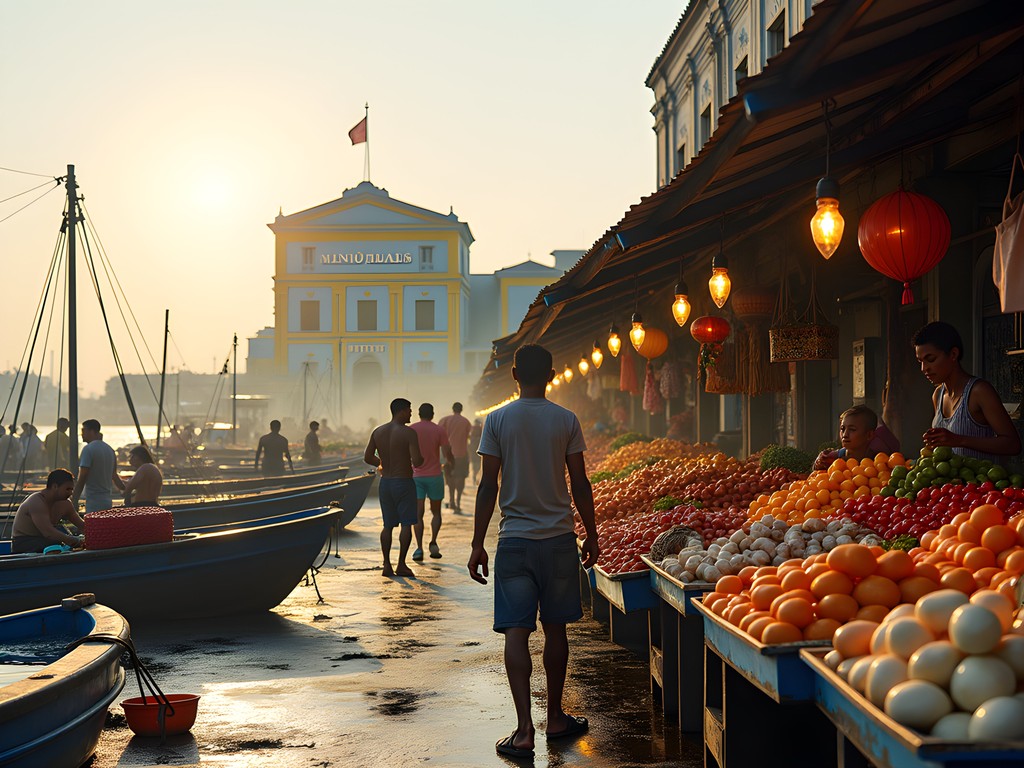
💡 Pro Tips
- Visit between 6-8 AM to see the market at its most authentic as fishermen arrive with fresh catches
- Bring small bills (reais) as most vendors don't accept cards and won't have change for large notes
- Try tacacá, a traditional Amazonian soup served in hollowed gourds, from one of the market stalls—just be prepared for the lip-numbing jambu herb
Colonial Foundations: Cidade Velha's Architectural Treasury
Belém's historic center—Cidade Velha (Old City)—provides one of South America's most intact showcases of Portuguese colonial architecture, though you wouldn't necessarily know it at first glance. Unlike the carefully preserved colonial zones of Cartagena or Salvador, Belém's historic core maintains a certain lived-in quality that I found refreshingly authentic.
The cornerstone of any exploration here is the Forte do Presépio, the 1616 fortress marking the city's founding. Standing on its weathered ramparts, you gain immediate perspective on why the Portuguese claimed this spot—the strategic view of the river approaches remains impressive even today. The adjacent Catedral da Sé, with its imposing twin towers, anchors a collection of religious buildings that reveal how Catholicism served as both spiritual guide and colonial control mechanism.
What struck me most was how the architecture evolves as you walk chronologically through Belém's development. The early colonial structures give way to increasingly ornate buildings as rubber wealth transformed the frontier outpost into an Amazon Paris. The Teatro da Paz opera house stands as the pinnacle of this evolution—a neoclassical jewel box that would look at home in any European capital.
Navigating Cidade Velha's narrow streets in the tropical heat requires strategic planning. I found myself developing a rhythm: explore actively in the early morning, retreat to air conditioning during midday heat, then resume wandering as afternoon shadows lengthened. My moisture-wicking shirt proved invaluable, as did the habit of carrying more water than I thought necessary.

💡 Pro Tips
- Many historical sites close on Mondays, so plan your itinerary accordingly
- The free walking tours that depart from Praça Frei Caetano Brandão provide excellent historical context (tip your guide)
- Visit the Catedral da Sé around 4 PM when the afternoon light illuminates the interior beautifully
Rubber Boom Extravagance: When Belém Rivaled European Capitals
Few economic booms have transformed a city as dramatically as rubber did for Belém. Between 1880 and 1920, the Amazon rubber monopoly poured unfathomable wealth into what had been a modest colonial outpost. The evidence stands in the form of Belle Époque mansions, European-inspired boulevards, and public buildings of startling grandeur.
The Museu de Arte de Belém, housed in the former Palacete Pinho, offers the perfect window into this era. Walking through rooms adorned with imported Italian marble, French furniture, and English fixtures, I couldn't help but marvel at the surreal extravagance—all funded by rubber trees and built in the middle of the Amazon jungle. The museum's collection of period photographs reveals a city where electric trams ran before most European capitals had them and where the elite sent their laundry to be cleaned in Paris.
For the full rubber baron experience, the Palácio Antônio Lemos and Theatro da Paz are essential visits. The latter's opulent interior—with its Italian chandeliers, French mirrors, and German machinery—epitomizes how Belém's elite spared no expense importing European luxury to the Amazon. During my visit, I was fortunate to catch a rehearsal of the Amazonian Philharmonic Orchestra, the building's perfect acoustics carrying every note through the theater just as they did during performances for rubber magnates a century ago.
This era's most curious legacy might be the Estação das Docas, where former port warehouses have been transformed into upscale restaurants and shops. Dining here one evening, watching the Amazon flow past through floor-to-ceiling windows, I reflected on how these same buildings once dispatched rubber to factories worldwide, funding the very luxuries being imported in return.
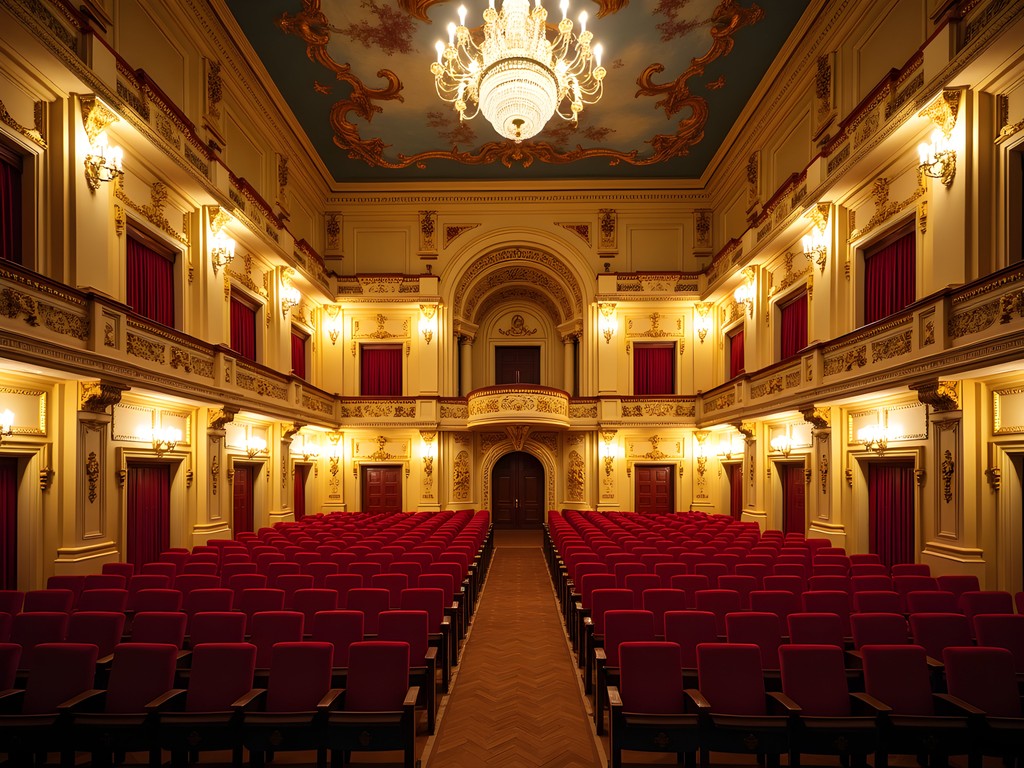
💡 Pro Tips
- The Theatro da Paz offers guided tours in English at 11 AM and 3 PM—book in advance during high season
- Many rubber boom mansions are now government buildings with limited public access, but their facades can be appreciated on a self-guided walking tour
- The Estação das Docas is particularly atmospheric at sunset when the old port warehouses are illuminated
Beyond the City: Belém's Island Escapes
After several days immersed in Belém's urban history, I was ready to explore the city's unique geographical setting at the edge of the Amazon River delta. While many travelers use Belém merely as a jumping-off point for deeper Amazon expeditions, the immediate surroundings offer fascinating day trips that combine natural beauty with historical context.
Combú Island lies just 20 minutes by boat from downtown Belém but feels worlds away from urban life. As our small boat navigated the narrow channels, the city skyline quickly gave way to dense riparian forest. This 15-square-kilometer island remains largely undeveloped, home to traditional ribeirinho (river-dwelling) communities who maintain sustainable relationships with the forest.
My guide, Paulo, a third-generation Combú resident, led me through cacao groves where his family has harvested the chocolate-producing pods for generations. We paused at a small processing facility where I sampled some of the most intense dark chocolate I've ever tasted—made from trees just meters away. The island's handful of riverside restaurants offer the perfect lunch stop, where I enjoyed freshly caught fish while watching river life unfold.
For those with more time, the larger islands of Mosqueiro and Outeiro offer Atlantic-facing beaches that provide a completely different experience. These islands, connected to the mainland by bridges, serve as weekend escapes for Belém residents. I spent a pleasant afternoon at Mosqueiro's Praia do Farol beach, where the rhythm of river meeting ocean creates a distinctive tidal pattern.
Navigating these islands independently can be challenging without Portuguese skills. I found the translation device I'd purchased before the trip invaluable for communicating with boat operators and local guides, particularly when arranging return transportation.
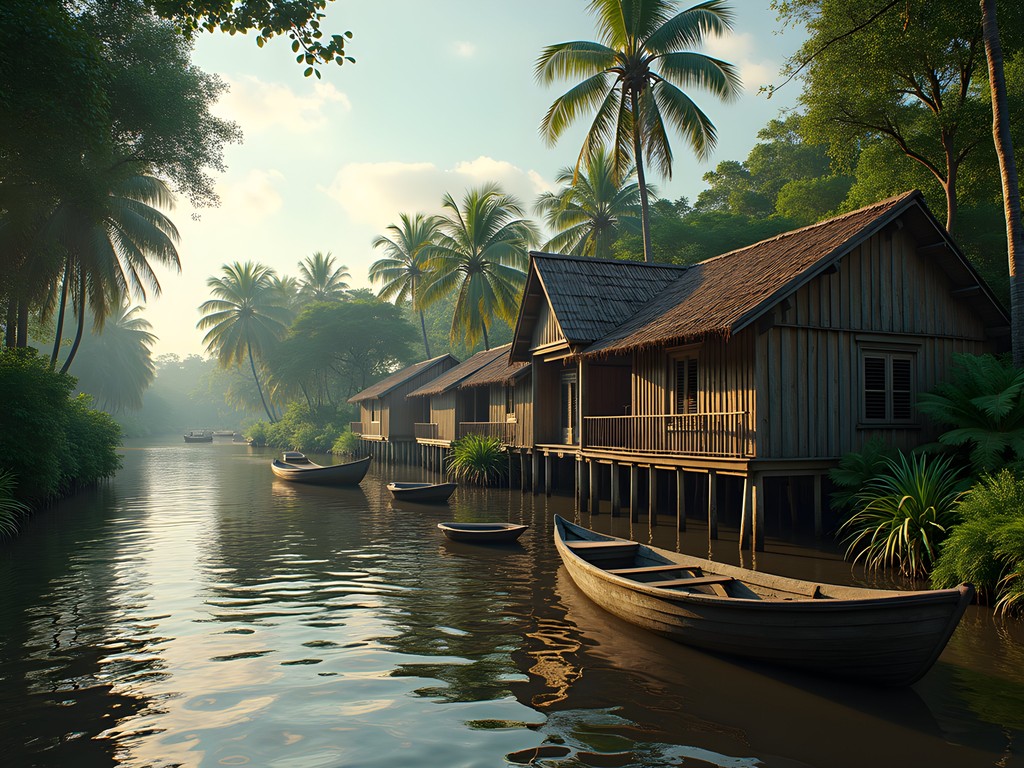
💡 Pro Tips
- Boats to Combú Island depart regularly from the Ver-o-Peso docks; negotiate the price (approximately R$20-30 per person) and confirm return time before departing
- Pack insect repellent, sunscreen, and water for island excursions as amenities are limited
- Weekend visits to Mosqueiro should be avoided during Brazilian holidays when beaches become extremely crowded
Culinary Heritage: Tasting Belém's Cultural Fusion
If you truly want to understand Belém's historical layers, you need to eat your way through them. The city's cuisine represents one of Brazil's most distinctive regional cooking traditions, blending indigenous Amazonian ingredients, Portuguese techniques, and African influences into something entirely unique.
My culinary exploration centered around three essential experiences. First was the traditional market breakfast at Ver-o-Peso, where I joined locals at simple counters for strong coffee and tapioca pancakes filled with tucumã fruit and cheese. The second was sampling the Amazon's famed river fish—particularly pirarucu and filhote—prepared with indigenous techniques at restaurants like Remanso do Peixe and Remanso do Bosque.
But it was my third focus—tracing the rubber boom's culinary legacy—that most directly connected to Belém's historical narrative. At Restô do Porto in the renovated docklands, I discovered dishes that evolved during the rubber era, when European techniques met Amazonian ingredients. The maniçoba—a labor-intensive preparation of manioc leaves cooked for a week with smoked meats—exemplifies this fusion, requiring indigenous knowledge of how to render toxic leaves edible, combined with Portuguese preservation techniques.
No culinary exploration of Belém would be complete without experiencing the city's ice cream revolution at Cairu. Their showcasing of Amazonian fruits—from cupuaçu to bacuri to taperebá—represents a modern continuation of the city's role as interpreter between Amazonian resources and global tastes. The long lines of locals waiting patiently for their favorite flavors confirmed I wasn't just following a tourist trail.
One evening, I splurged on the tasting menu at Lá Em Casa, where chef Paulo Martins pioneered the contemporary Amazonian cuisine movement. Each course arrived with a story connecting the dish to Belém's historical epochs, from pre-colonial indigenous staples to rubber boom innovations.

💡 Pro Tips
- Try açaí in Belém where it's served traditionally—unsweetened and alongside savory dishes rather than as a sweet smoothie bowl
- Reserve restaurants in the Estação das Docas area at least a day in advance, especially for dinner with river views
- Visit the Cairu ice cream shop outside peak hours (avoid 3-5 PM) to minimize waiting time
Final Thoughts
As my week in Belém drew to a close, I found myself sitting at the renovated Estação das Docas, watching cargo ships navigate the same waters that once carried rubber to the world and brought European luxuries to this Amazon outpost. Belém isn't just a historical curiosity—it's a living laboratory showing how global commerce, colonialism, and cultural exchange have shaped and reshaped urban spaces over centuries. For travelers willing to venture beyond Brazil's more famous destinations, Belém offers something increasingly rare: an authentic city still coming to terms with its complex past rather than simply packaging it for tourist consumption. Whether you're tracing the architectural legacy of rubber wealth, exploring the continuing traditions at Ver-o-Peso market, or tasting the cultural fusion in Amazonian cuisine, Belém rewards those who approach it with curiosity and respect for its layered history. This gateway to the Amazon provides not just a jumping-off point for jungle adventures, but a fascinating destination in its own right.
✨ Key Takeaways
- Belém offers one of South America's most authentic colonial city experiences, with architecture spanning from early Portuguese settlement through the rubber boom extravagance
- The Ver-o-Peso market functions as both a living museum of Amazonian commerce and the best introduction to the region's unique produce and culture
- Day trips to nearby islands provide an accessible taste of Amazonian river life without committing to a full jungle expedition
📋 Practical Information
Best Time to Visit
July to December (dry season)
Budget Estimate
$60-100 USD per day for mid-range accommodations, meals and activities
Recommended Duration
5-7 days
Difficulty Level
Intermediate

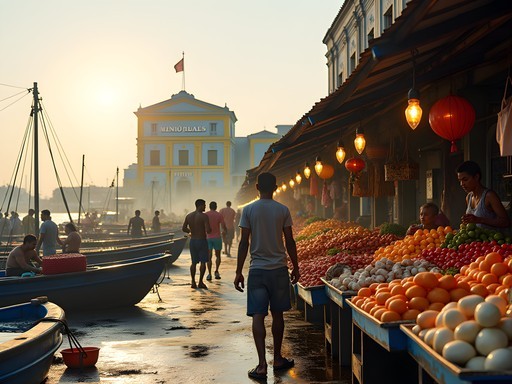
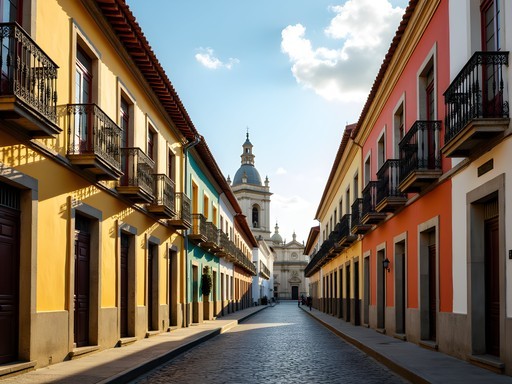
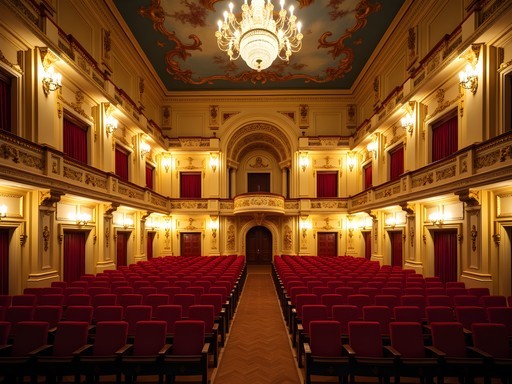
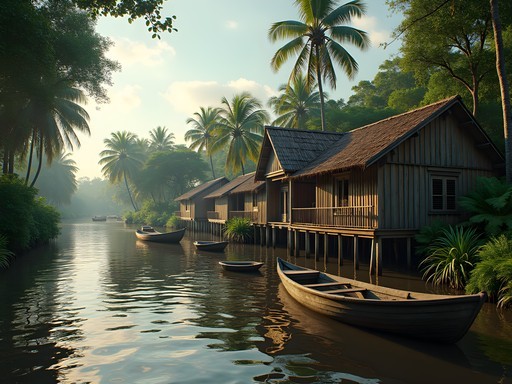
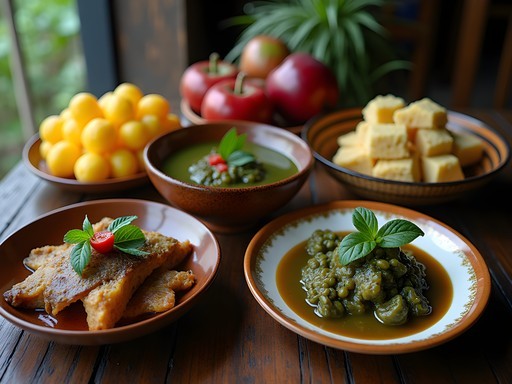










Comments
mountainfan
Just booked my trip to Belém for January! Any tips on handling the rain season? I heard it can get pretty intense.
hikinghero
Ver-o-Peso looks incredible! Did you try the açaí there? I've heard the Amazon region has the real deal, nothing like the bowls we get in the US.
mountainfan
Not the author but I was in Belém last year - the açaí is COMPLETELY different! It's served as a savory side dish with fish and manioc. No granola or fruit toppings. Took some getting used to but I loved it by the end of my trip!
Bryce Diaz
Your post brought back so many memories! I visited Belém last year during the Círio de Nazaré festival in October, which was an incredible cultural experience. The procession drew over a million people! Something I'd add for anyone visiting - don't miss the Mangal das Garças ecological park. It's a beautiful sanctuary right in the city with amazing bird watching opportunities. I spent hours there with my compact binoculars watching herons, egrets and even toucans. The rubber boom architecture really is something else - I kept thinking I was in Paris until a tropical rainstorm would remind me where I actually was!
photophotographer
Did you make it to any of the islands? Which one would you recommend for a day trip if time is limited?
Jackson Crawford
I'd recommend Combu Island for a day trip - it's only a 20-minute boat ride from the city but feels worlds away. Great for experiencing the riverside communities and sampling local chocolate made from island-grown cacao.
coffeeking
Great post! How safe did you find Belém? I've heard mixed things about safety in northern Brazil cities.
Jackson Crawford
Like most Brazilian cities, it requires common sense precautions. The tourist areas around Ver-o-Peso and Cidade Velha felt quite safe during the day, but I avoided isolated areas after dark. Local friends advised against wearing flashy jewelry or using phones openly in crowded places.
coffeeking
Thanks for the info! That's helpful to know for planning.
wavelover
Those photos of the Ver-o-Peso market at dawn are absolutely stunning! Makes me want to visit Belém ASAP!
cityrider
We did the public transportation in Belém and it was actually pretty good! The buses along Av. Presidente Vargas can get you to most major sites. Just be prepared for the humidity - it's no joke! The mango trees everywhere provide nice shade though.
smartlegend
Thanks for the transport tip! Did you try any of the boat trips to nearby islands?
cityrider
Yes! We took the boat to Cotijuba which was super easy from the main dock. Bring cash and get there early. Beautiful beaches and way less crowded than I expected!
dreambackpacker
Just got back from Belém last month and your post captures it perfectly! The contrast between the colonial architecture and the jungle atmosphere is incredible. One thing that surprised me was how the rubber boom buildings still feel so grand even after all these years. The Teatro da Paz was mind-blowing - I kept thinking "this is in the middle of the Amazon?" For anyone heading there, I highly recommend getting the Belém guidebook which has great walking tours of the colonial district. Also, don't miss trying tacacá from one of the street vendors near the Basilica - that soup is an experience! The ferry to Marajó Island is worth it if you have extra time.
smartlegend
Great post! How many days would you recommend for exploring Belém properly? And is it easy to navigate without speaking Portuguese?
Jackson Crawford
I'd say 3-4 days minimum for the city itself, more if you want to explore the islands. Portuguese definitely helps, but I got by with basic phrases and Google Translate. In tourist areas, you'll find some English speakers.
Claire Hawkins
Jackson, your post brought back so many memories! We visited Belém last year with our kids and were equally captivated by how the city blends its colonial past with the present. The Ver-o-Peso market was a highlight - we arrived at 6am and watched the boats unloading fresh açaí and fish. My children were fascinated by the medicinal herbs section! One tip for families: take one of the small boats to Combu Island for a chocolate tour. The kids learned about cacao production and we all enjoyed a delicious riverside lunch. The Cidade Velha walking tour was also surprisingly kid-friendly with all those colorful buildings to keep them engaged.
Jackson Crawford
Thanks Claire! Great tip about Combu Island - I wish I'd had time to visit more of the islands. The chocolate tour sounds fantastic!
mountainmate
Did you feel safe with kids in Belém? Planning a family trip for next year.
Claire Hawkins
We felt quite safe in the main tourist areas during daytime! Just used normal precautions - kept valuables secure, used official taxis, etc. The locals were incredibly kind to our children.
Venture X
Premium card with 2X miles, $300 travel credit, Priority Pass